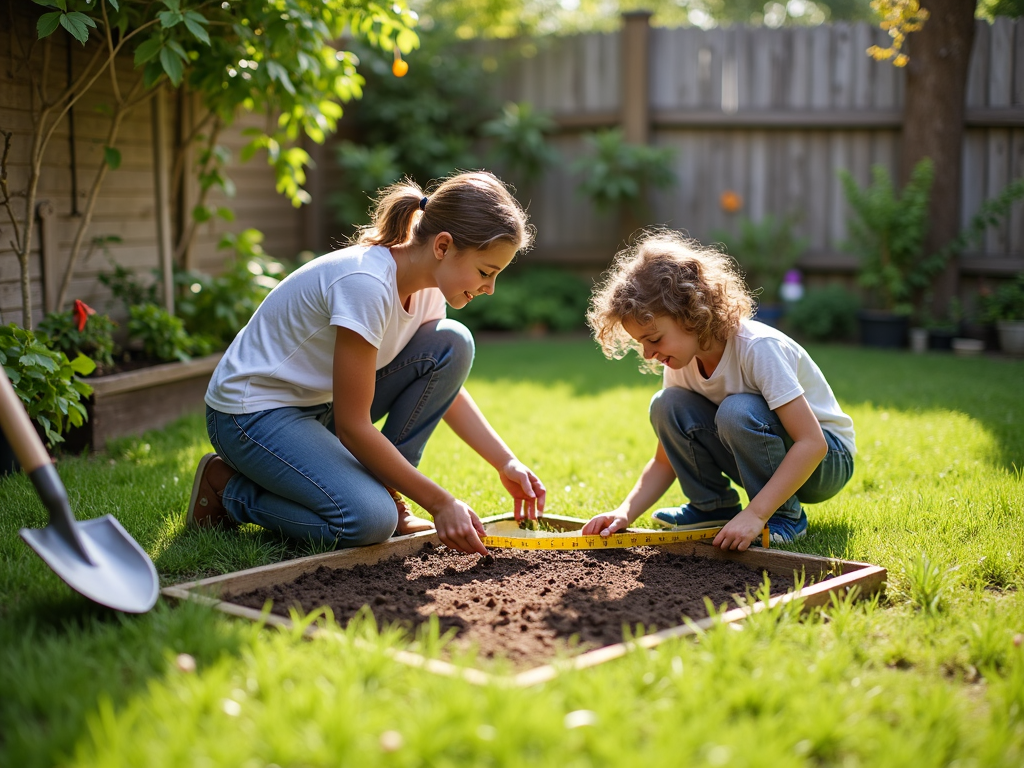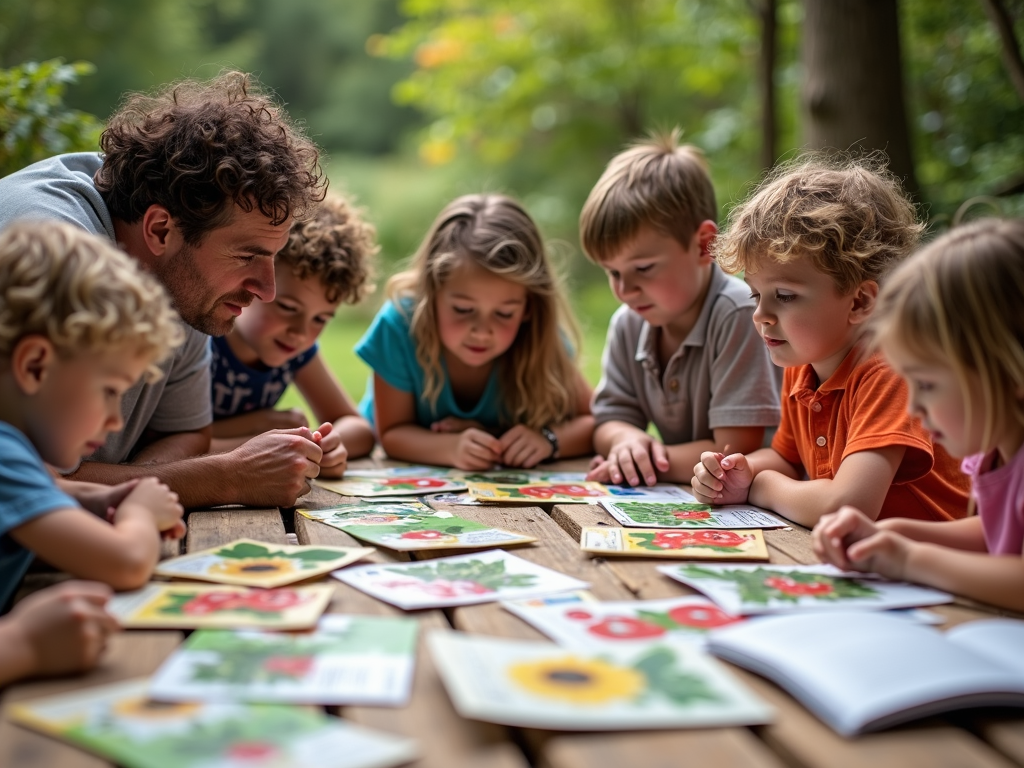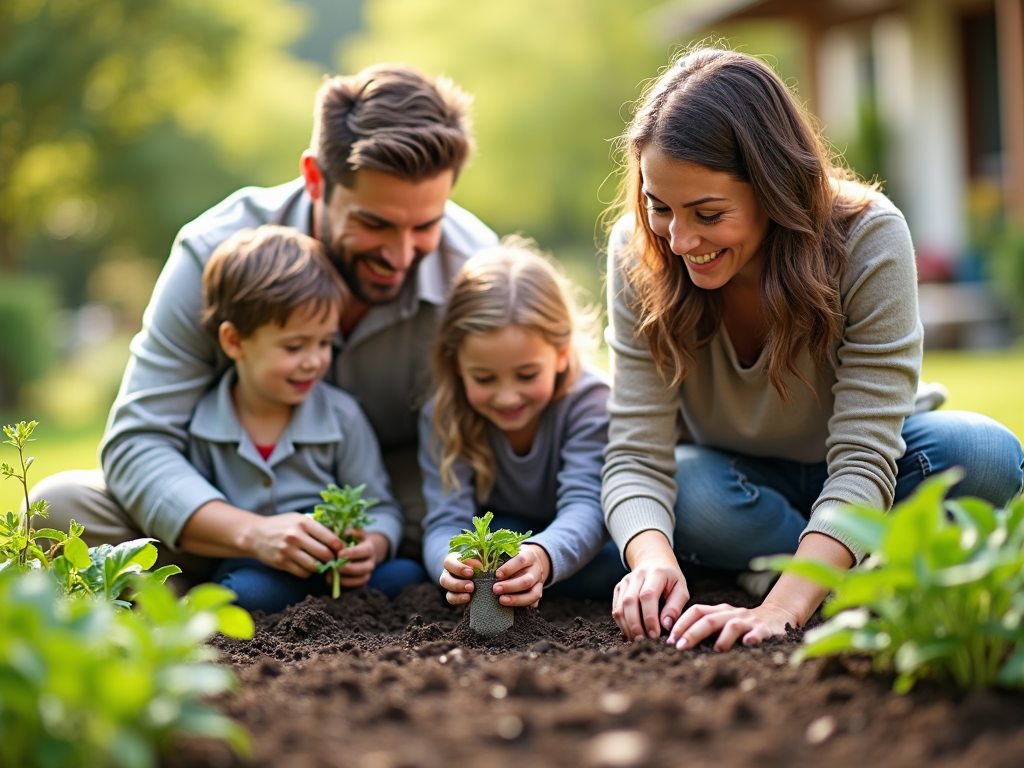Starting a family garden is a wonderful way to spend quality time together while teaching kids about nature and responsibility. This guide will walk you through the process, from choosing the right spot to harvesting your first crops. Whether you’re looking for creative indoor activities for kids or family wellness activities for weekends, a family garden combines fun, learning, and outdoor time in one rewarding project.

Choosing the Right Location
The first step in starting your family garden is picking the perfect spot. Look for an area that gets 6-8 hours of sunlight daily—most plants need this to grow strong and healthy. Choose a place that’s easy for everyone to reach, so the whole family can join in. If space is tight, try container gardening on a patio or balcony. This can double as a creative indoor activity for kids, letting them help plant and care for pots indoors before moving them outside.
Deciding What to Grow
Pick plants that are simple to grow and fun for kids to watch. Sunflowers, cherry tomatoes, strawberries, and carrots are great choices—they’re easy to care for and exciting to harvest. Let your kids help decide what to plant. Giving them a say builds their sense of ownership and ties into family wellness by encouraging responsibility. Here’s a quick list of beginner-friendly options: - Sunflowers: Tall and bright, perfect for kids to track growth. - Cherry Tomatoes: Sweet and bite-sized, a tasty reward. - Strawberries: Fun to pick and eat right away. - Carrots: A surprise to pull from the soil.

Preparing the Soil
Healthy soil means healthy plants, so take time to get it ready. Test the soil’s pH and nutrients—simple kits are available at garden stores. Kids can help mix in compost or manure, turning it into a messy, fun task. I remember my own family’s first garden: we laughed as the kids dug in, amazed at how worms helped the soil. This hands-on work is a great way to boost family wellness through physical activity and learning.
Planting Your Garden
Now it’s time to plant! Read the seed packets or plant tags with your kids to learn spacing and depth. Let them dig holes, drop in seeds or seedlings, and cover them up. It’s a chance to teach patience—plants don’t grow overnight! My daughter once planted peas too close together, and we learned a valuable lesson about giving them room. Share your own stories as you work; it makes the experience special.

Watering and Maintenance
Gardens need regular care, so teach your kids how to water properly—check the soil to see if it’s dry an inch down. Turn weeding into a game: who can pull the most? It keeps the garden thriving and builds teamwork. Cornell University’s Gardening Resources note that gardening boosts physical health, making it a top tip for family wellness.
Harvesting Your Bounty
Harvesting is the best part! Let kids pick the ripe tomatoes or strawberries, feeling proud of what they’ve grown. Use your haul for family meals—my family made a salad from our first crop, and the kids couldn’t stop grinning. It’s a perfect family wellness activity for weekends, blending fresh food with shared accomplishment. The National Gardening Association says gardening reduces stress, adding even more value to this time together.

Extra Tips for Success
Keep it simple at first—start small and grow as you learn. Use a journal to track what works; my kids loved drawing our plants’ progress. If pests show up, try natural fixes like soap spray before chemicals. These top tips for family wellness ensure everyone stays engaged and the garden flourishes.
Summary
Starting a family garden is a fun, rewarding way to bond, learn, and grow together. It teaches kids life skills, promotes family wellness through activity and fresh food, and creates memories. Follow these steps, involve your kids, and enjoy a garden that’s as much about family as it is about plants.
Discuss Here